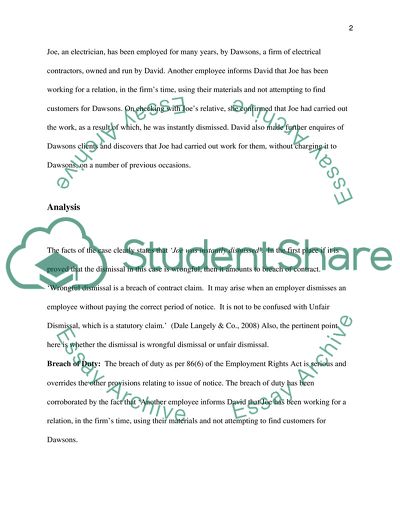Cite this document
(The ACAS Guidelines or the Liability: the Purpose of Improving the Research Paper - 3, n.d.)
The ACAS Guidelines or the Liability: the Purpose of Improving the Research Paper - 3. Retrieved from https://studentshare.org/law/1738021-law
The ACAS Guidelines or the Liability: the Purpose of Improving the Research Paper - 3. Retrieved from https://studentshare.org/law/1738021-law
(The ACAS Guidelines or the Liability: The Purpose of Improving the Research Paper - 3)
The ACAS Guidelines or the Liability: The Purpose of Improving the Research Paper - 3. https://studentshare.org/law/1738021-law.
The ACAS Guidelines or the Liability: The Purpose of Improving the Research Paper - 3. https://studentshare.org/law/1738021-law.
“The ACAS Guidelines or the Liability: The Purpose of Improving the Research Paper - 3”, n.d. https://studentshare.org/law/1738021-law.


